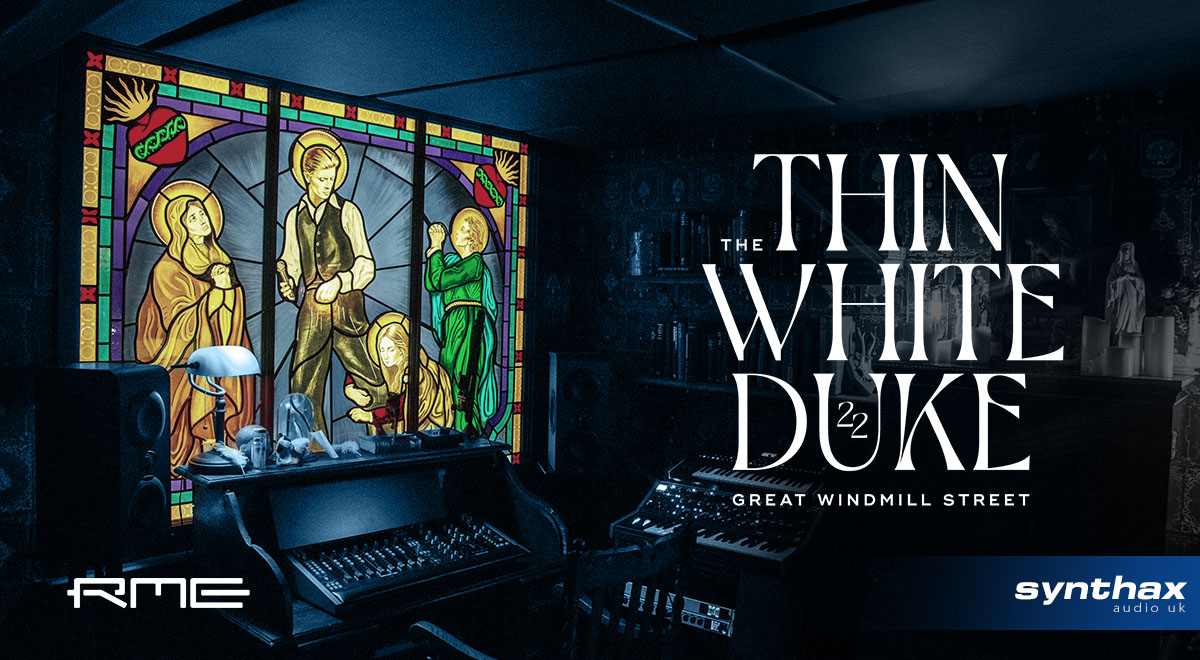
We head for cocktails at the Thin White Duke in London, and to find out more about the membership AVB-based studio beneath. Powered by RME Audio.
Tucked away in the heart of Soho, The Thin White Duke is more than just a unique tribute to a musical icon. One of London’s best kept secrets, whilst the ground floor is busy serving up premium cocktails and Dim Sum, downstairs lies another secret: a multi-room, membership-based recording studio!
We sat down with The Thin White Duke’s owner Giovanni Almonte and in-house engineer Max Walker to find out what inspired the creation of this unique space, and how RME’s AVB range offers unparalled routing flexibility in the studio and beyond…
See more videos at Synthax TV
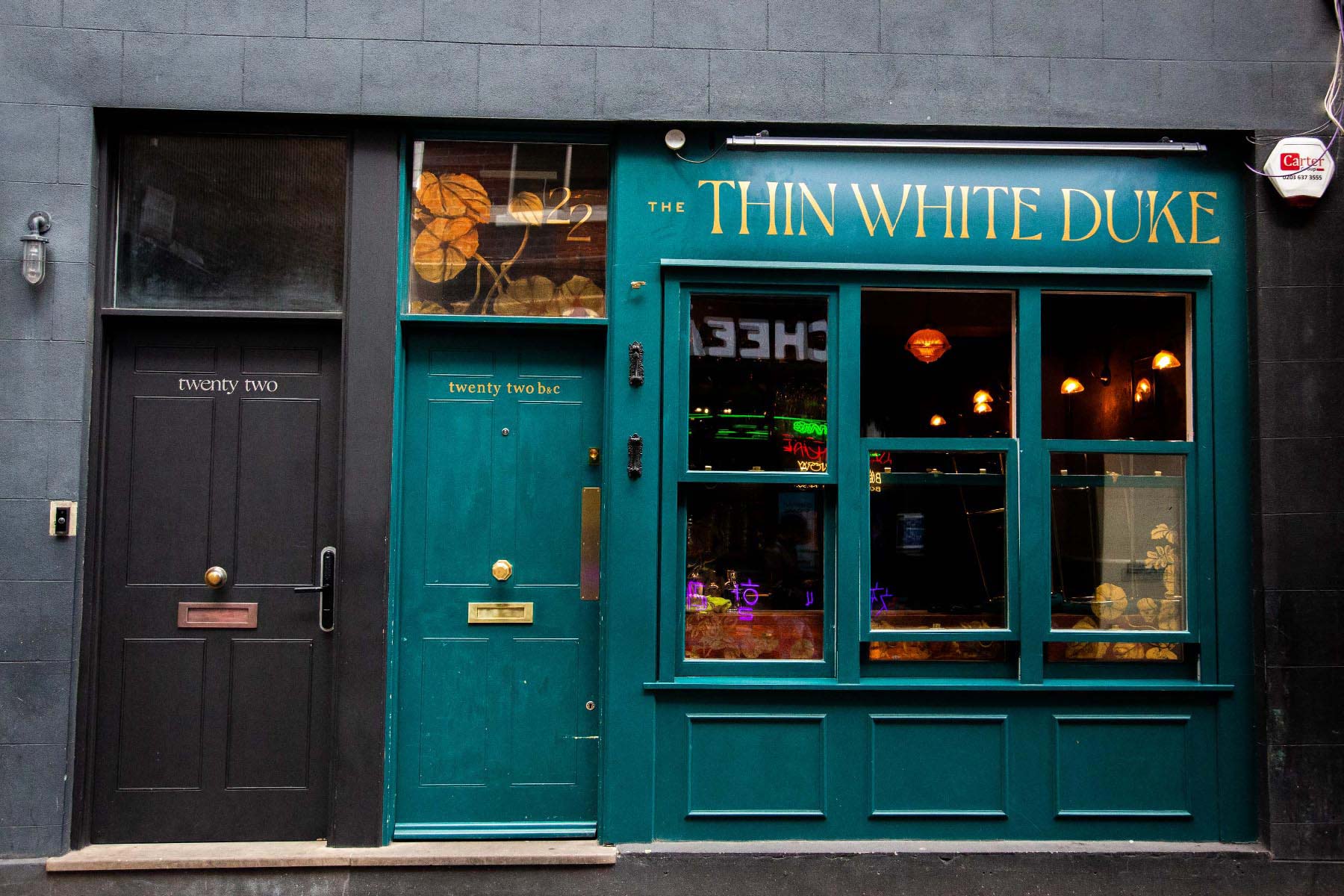 Modern Studios with a timeless asthetic
Modern Studios with a timeless asthetic
When Giovanni founded The Thin White Duke he had clear vision: to create a centrally located, membership-based recording studio with maximum flexibility.
“Music-making has been democratised, but everyone’s doing it alone in their rooms,” Giovanni explains. “The problem is, there’s no scene being created — no roots.”
“When I first moved to New York city, I went for the jazz. The jazz from that area had a very specific sound, and that’s what drew me. I wanted to be a part of it, I wanted to be there. But I find that 10, 15 years on you don’t really get that – you don’t get sounds from specific places as much, just this kind of ‘social media trend’ of sound.
“So I thought that was a real big problem. But I also know that the old way of running a studio wasn’t really working any more either, because people can’t afford to pay those prices by the hour. Personally I was using studios just once or twice or year, and you do a bunch of prep work to make sure you use it to the fullest, to get as much done in the time that you have it.
“I thought there must be a better way, so I had the idea of a membership-based studios where you pay for ongoing access, and you use it as much as you like.
The Thin White Duke isn’t just a studio; it’s a full-service solution and social hangout. Members get access to a multi-room recording facility complete with an engineer, removing the need for artists to manage setups or tear-downs themselves. Coupled with the bar upstairs, it’s a space designed to bring musicians together, build community, and celebrate music in a way that’s fresh, inspiring, and functional.
“There are other membership-based studios, but they’re not full service,” Giovanni continues. “Here you have access to the studio and an engineer at all times, that’s part of the package. You don’t have to set up, you don’t have to break down, and you don’t have to know how to do everything.
“I wanted that to be a core part of the experience, because you shouldn’t have to know how to do everything. Because for a lot of people, they’re not spending as much time as they could just learning their instrument, just learning their craft. They’re having to learn a little bit of everything in order to make a song. So that was another problem with recording as it is right now, that I wanted to solve.”
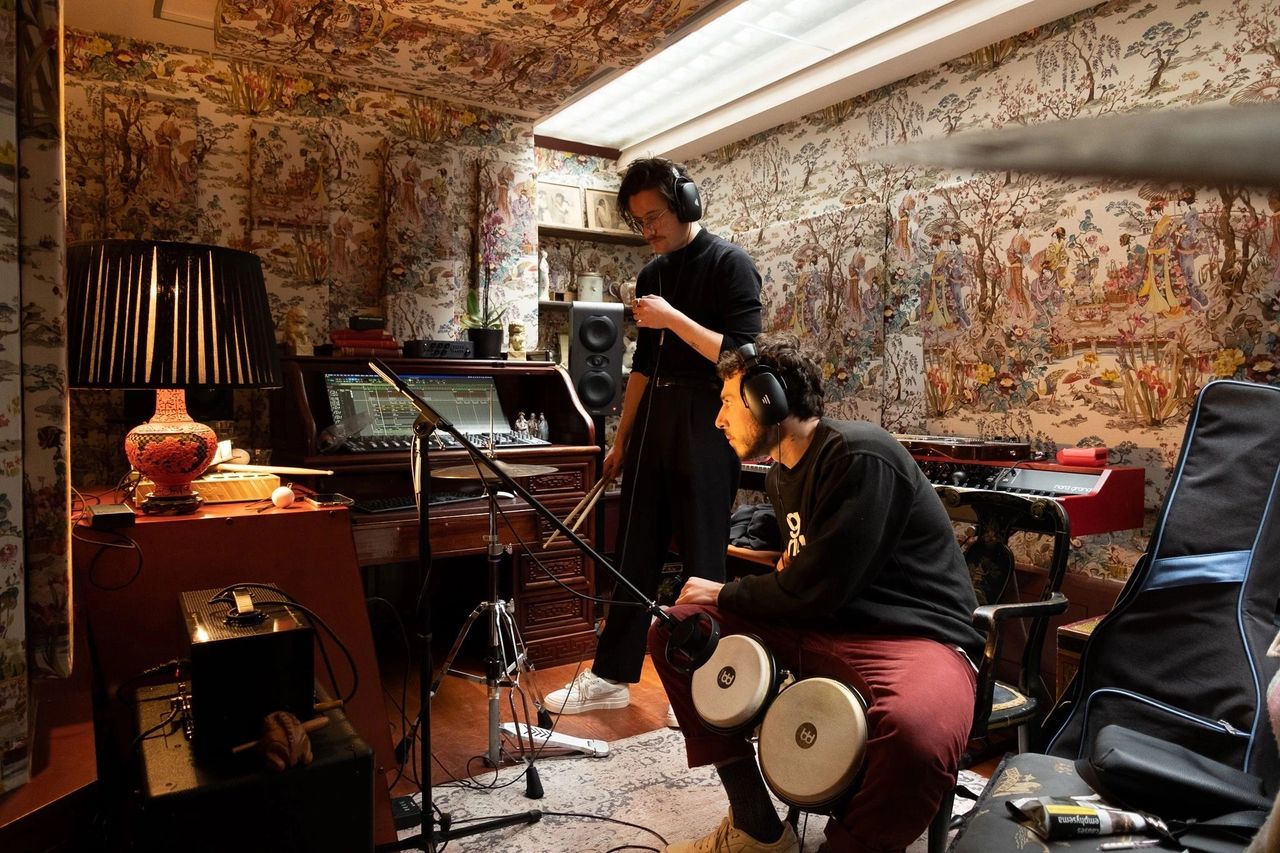
“It’s a very unique place to work” says recording engineer Max Walker. “From the interior, all the way into how the studio runs itself. That’s what first caught my attention.
“Everything has been so thought out, from the layout and decorations to what interfaces we’re using. It’s going to sound like I’m immediately plugging RME haha! But that’s genuinely how I felt, like “oh we’re using AVB, this is so different, but so streamlined, everything makes sense. And how sort of complex the studio looks, but actually how simple it is.
“And then the connection between that and how people are making music in a more modern way. Artists can bring in their laptop and use as much or as little of the studios as they like. It’s a full studio, but it can easily be broken down into production rooms as well.”
Flexible Studios Powered by RME AVB
Central to Giovanni‘s vision was overcoming the limitations of traditional studio setups. The answer? Audio over IP.
“I didn’t have any real knowledge of RME equipment previously,” Giovanni says on his choice of gear for the studio. “I just noticed that there was a problem with the traditional studio setup. It was like, ‘if you use it for one thing, you can’t use it for anything else’. So if you’re using a studio to mix, you couldn’t overdub, you couldn’t rehearse, the equipment was all tied up. So I thought there’s gotta be a way to isolate use cases, from room to room.
“And what’s the technology that allows for that? AoIP! There seemed to be two main formats, Dante and AVB. And I knew AVB was open-source, so I thought that was the most democratic format and I went with it.
“And having researched RME, I felt like they’d taken that technology forward more than any other brand. I knew their engineering was great, and very highly regarded. Then when I was deciding which products we were going to use in the studios, I saw that they had a really good reputation for updates, keeping the software end of things really up to date.
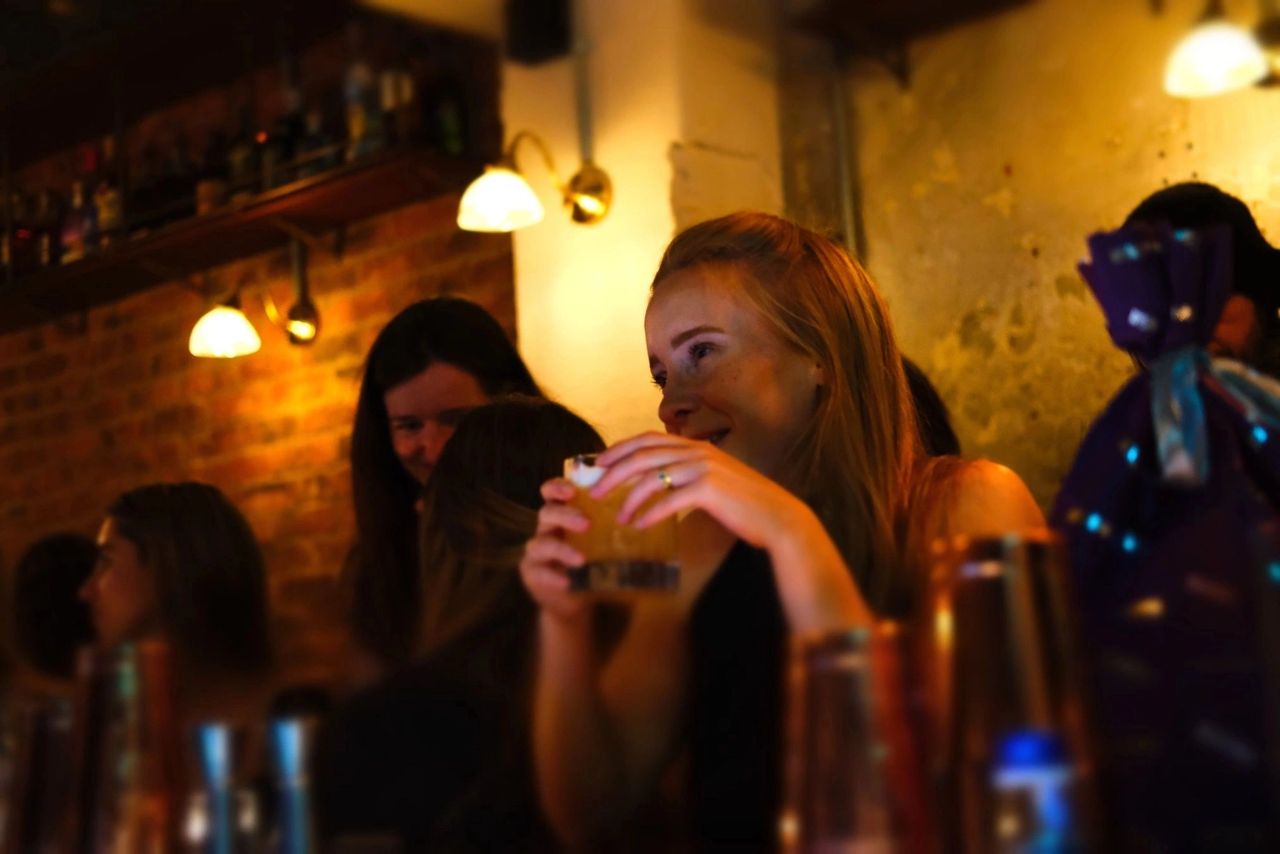 “So I went with RME and yeah, it’s been the best thing. We’ve had so much support from RME / Synthax UK, right from the beginning. Like, that was above and beyond, no other brand would’ve done that to that extent I don’t think.”
“So I went with RME and yeah, it’s been the best thing. We’ve had so much support from RME / Synthax UK, right from the beginning. Like, that was above and beyond, no other brand would’ve done that to that extent I don’t think.”
“We have the RME 12Mic pre which is beautiful, incredibly clean,” adds Max. “Probably my favourite thing actually has been how clean the preamps are in that, it really shines through on microphones. I think a lot of the time we think about microphones in combination with other things, it’s always like ‘this is the mic we use with this desk, or with this preamp, this conversion’.
“The 12Mic feels like you’re stripping everything back, and going ‘this mic is solely on its own’ with how clean this interface is, and it lets it really shine through. And just working in a more sort of old school way, where you’re really thinking about the placement of the mic, just using those two parts.
“We use the whole building a lot of the time. Because we have the upstairs as well, with the AVB Tool up there we can plug in mics whenever. And then with drums we use the hallway and the stairwell to get a bigger sound. Because the room’s quite small and dense, so it’s really great to open it up in that way if we need.”
One of the benefits of AoIP is the flexibility to essentially create smaller, focused setups within a larger studio environment. For example, providing a solo artist with access only to the tools they need – then easily expanding to include additional rooms as required.
“I think the fact that you can so seamlessly change between how you can open up the whole entire studio – to be one big breathing room itself – and then break it back down into smaller parts with AVB, is really what’s key,” extolls Max. “And then how there’s basically no latency when you’re using things like TotalMix, to run different headphone signals to people, and how easy it is.
“I mean we’ve done it before where someone’s finished a mix in this room, and we just send it upstairs to trial it on different sets of speakers and more of a real world environment. I don’t think that would be possible without what RME has on offer.”
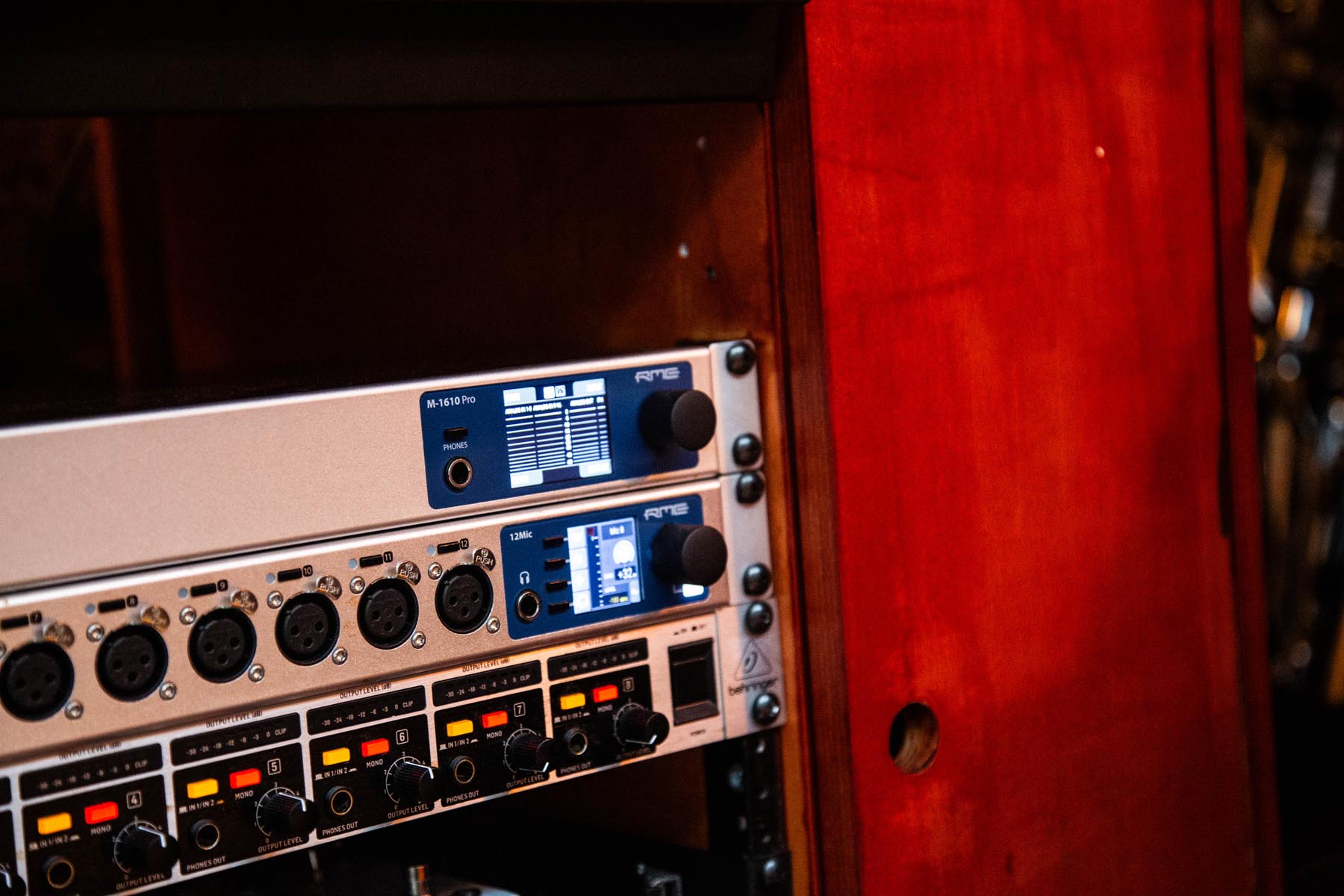
‘Bridging’ the Old with the New
From its vintage aesthetic to its cutting-edge technology, The Thin White Duke merges the past with the future. Nowhere is off-limits for recording, with even the bar itself part of the audio network.
“The bar is also wired with RME,” says Giovanni. “We can have bands split between the space – we’ve had a rhythm section in the live room (Kyoto room); a brass section in the middle room; vocalists and a guitar player upstairs in the bar; and an engineer in here.
“And all of them are being mixed and routed through the house speakers, everything. It’s all the same system – it’s all AVB. We even have an RME M-1610 upstairs, which is feeding all of the house speakers and a sub, and another AVB Tool, so we can have musicians up there with four mic preamps linked in.
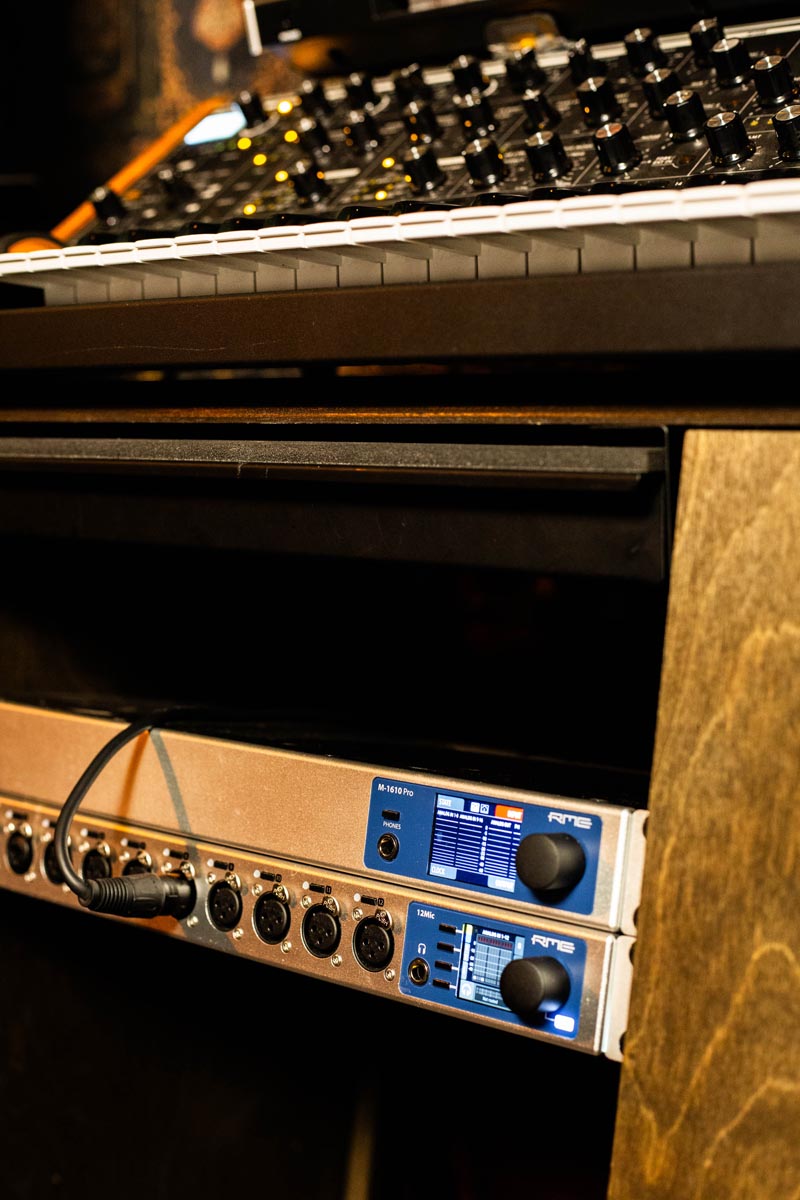
“Yeah the AVB stuff is incredible, you can’t do this stuff without it,” Giovanni reflects. “The stuff that we can do, man… we can link the rooms in any order, we can send mixes from here to the other rooms.
“Our studios are a social space too, we have a few producers that have ended making this their hangout spot. So they’ll be in one room, and another person will be in another room, and within a few clicks they’re sending their mixes over there as well so they can listen to each other’s music.
“We do this thing where if you finish a mix here we buy you a cocktail. We’ll send their mix up to the house system in the bar, and it brings such a smile to their faces. The general public drinking up in the bar, they don’t know that it’s music that was just recorded and finished mixing downstairs. It makes it that more special, and that’s not possible without AVB.”
We’re sure the Goblin King would be proud! Massive thanks to Giovanni Alamonte and Max Walker for having us down.
If you’d like to know more about The Thin White Duke bar and studios – or fancy trying the best cocktails in town – visit: thethinwhiteduke.london
See the full range of RME audio networking devices





















